Before my interest turned to yeast breads, my adventures with flour and leavening focused on quick breads and biscuits. Scones are kind of a combination of the two. They can be sweet or savory. They’re often quite humble in appearance although in some cases they’re served in very elegant settings. Today, as part of my Year of Bread series, I’m rewriting an old post with my favorite basic scones recipe.
I’ve used this recipe for years. It’s from a cookbook, long out of print, that was given to me as a wedding gift back in the 1980s. The original recipe called for sifting the dry ingredients, 4 teaspoons of baking powder, a mere 2 tablespoons of sugar and cream.
This amount of flour seems to make the right amount of scones for four people, with extras, but you’ll see other recipes which call for much more. Somewhere I read the difference in flour used probably has much to do with where the recipe was developed. It makes sense and this recipe works in both Maryland and Spain, so it may work well for you, too. Recently, I’ve been making my scones with a half all purpose flour and half whole wheat flour. I like the combination.
For the dairy I will use cream if I have it, but any kind of milk will do, including plant and nut based milks. For variation, use the same amount of sour cream, yogurt, kefir or buttermilk. If you like your scones sweeter, you could easily double the amount of sugar without a problem.
You could also brush with egg wash and sprinkle with light brown sugar, as I’ve done in the photos.
I haven’t tried this recipe with any artificial sweeteners as I prefer to minimize the sugar and add fruit for sweetness. If I were to try, I’d first use a sweetener that can be substituted measure for measure.
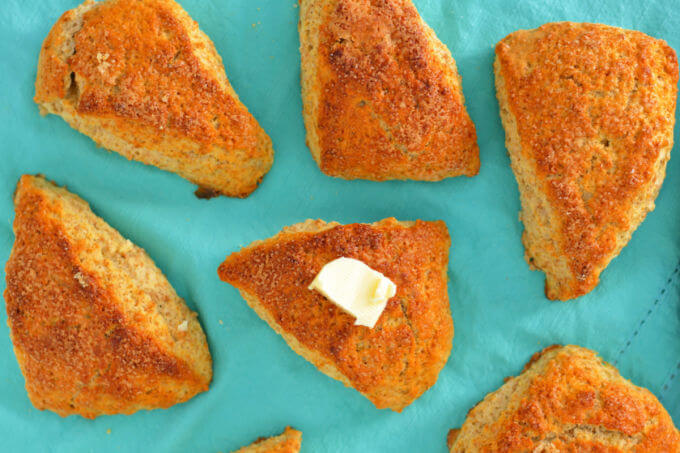
Ingredients
- 2 cups 256 grams all purpose flour
- 1 tablespoon 14 grams baking powder
- 3 tablespoons 3 grams sugar
- 1/2 teaspoon 2.5 grams salt
- 4 tablespoons butter half stick or 57 grams; cut into small bits
- 2 eggs plus another for an egg wash, if desired
- 1/3 cup 80 ml cream (or same volume other dairy)
Instructions
- Preheat the oven to 425F/220C
- Mix the dry ingredients in a large bowl. Cut in the butter. Use a pastry blender or a fork or criss cross a pair of knives. I just use my fingers and pinch the butter into the flour until the mix looks like coarse crumbs.
- If you are adding any extras (see variations below) do it now and stir to mix everything as evenly as you can.
- In a small bowl, beat the eggs and the cream together.Make a well in the middle of the dry ingredients and pour the wet ingredients into the well. Use a spoon or your hands to mix the dry stuff on the sides into the middle. Don't worry if things don't come together at first. You can push the dough against the bottom of the bowl and knead it gently until it forms a ball.
- Dust your work surface with a small amount of flour and turn out your dough. Gently knead it and turn it over, forming it into a disc about 3/4" thick as you go. Worry more about the thickness, but the disc will be about the size of a dinner plate in diameter.
- Add a smidgeon more flour if things get sticky but not too much. It's ok if the dough seems soft as long as it holds its shape.
- Cut the dough into as many wedges as you desire. Six or eight is a good number for breakfast size servings, 12 or 16 for snacks.
- Prepare a baking sheet large enough to hold the scones with cooking spray or baking paper and arrange so there is some space between them as they will expand in the oven. Now is the time to add the egg wash, if using.
- Bake for 15 minutes, turning the pan about halfway through. The aroma of scone is your signal they are a couple minutes away from being cooked through.
- These are best while hot. Store leftovers in a zip top bag and eat within a couple days.
There are lots of ways to shape scones. I like a wedge, but you can also use a round biscuit cutter to shape them. The dough can be shaped into a rectangle and cut into squares as well.
Basic Scones Variations
Cinnamon Sugar: Right before placing the scones in the oven, beat an egg with a small amount of water and brush the tops of the scones. Sprinkle with a little bit of cinnamon sugar (equal amounts of sugar and cinnamon mixed together).
Cranberry Orange: Put a heaping half cup of dried cranberries in a small bowl. Zest and juice half an orange and combine with the cranberries (this should be just shy of a teaspoon of zest and about 1/4 cup of juice). Set aside for 15 minutes. Mix the dry ingredients and cut in the butter as directed. Beat 1 teaspoon vanilla with the eggs and cream. Mix the soaked cranberries and any remaining juice to the dry ingredients and combine with the wet as directed.
Lemon Thyme: Add a tablespoon of fresh thyme (a teaspoon if using dried) and the zest an entire lemon into the dry ingredients right before the wet ingredients are added.
Blueberry Lemon: Add 3/4 cup fresh or frozen blueberries and the zest of an entire lemon to the dry ingredients and beat a teaspoon of vanilla with the eggs and cream. You may have to adjust the cooking time if you use frozen blueberries.
Cherry Almond: Soak dried cherries in 1/4 cup warm water for 15 minutes and drain. Stir the soaked cherries and 1/4 cup slivered almonds into the dry ingredients. Beat 1 teaspoon almond extract with the eggs and cream. Dust the scones with powdered sugar right after you pull them out of the oven. (See below for a gluten free version of this variation.)
Herbs and Cheddar: Shred 3/4 cup cheddar cheese, reduce sugar to 1 tablespoon and add an additional 1/2 teaspoon baking soda to the dry ingredients. Before mixing the cheese with the dry ingredients, toss the cheese with a tablespoon or so of the dry mix. This helps prevent the cheese from clumping up. Pick your favorite herb or herb blend and add to the dry mix. If using fresh, chop very fine and use a tablespoon. If dried, use the leaves, not the ground form and crumble when adding to the dry mix. Use a teaspoon for small leaves like thyme; two or three teaspoons for larger leaves like rosemary or a blend like Herbes de Provence.
I hope you can see this recipe is very versatile and become inspired to try some of your own combinations.
You may also enjoy these scones recipes:

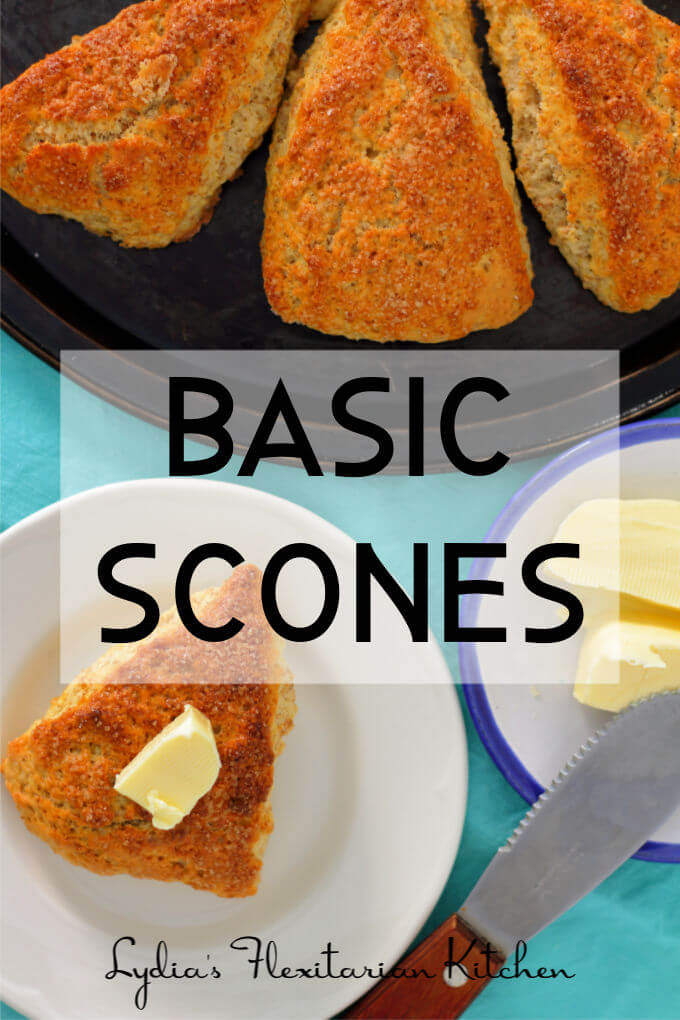
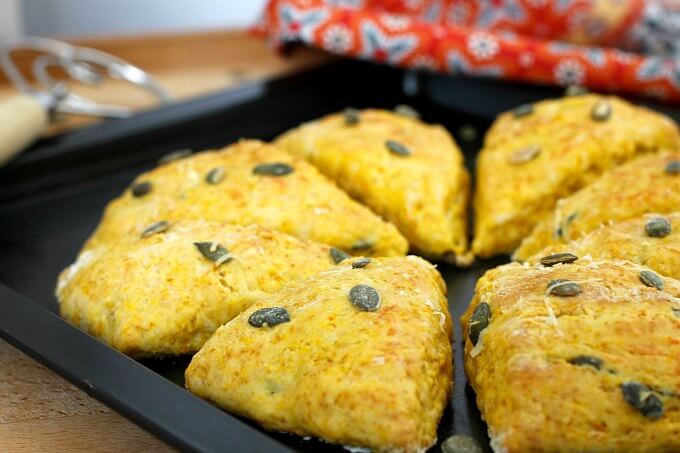
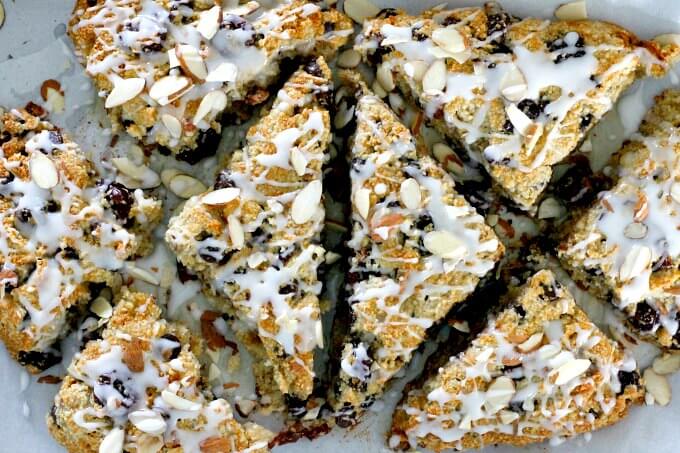
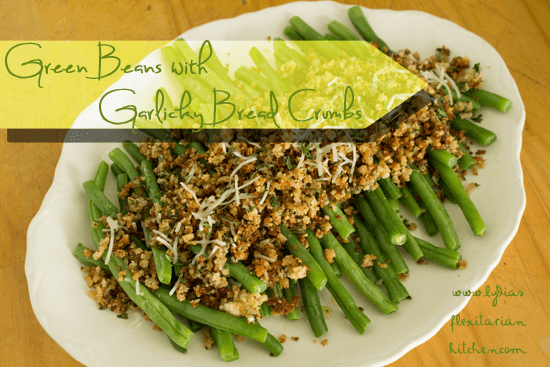
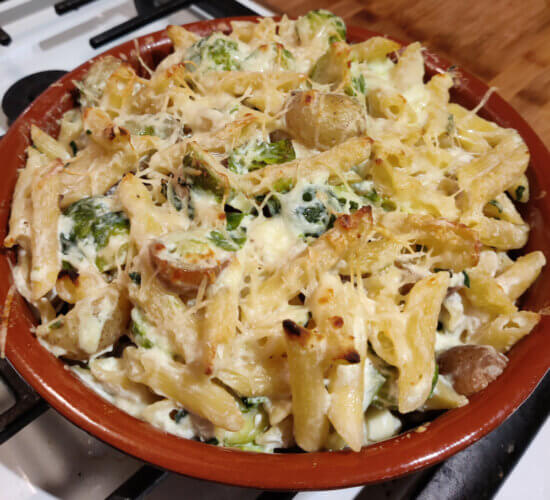
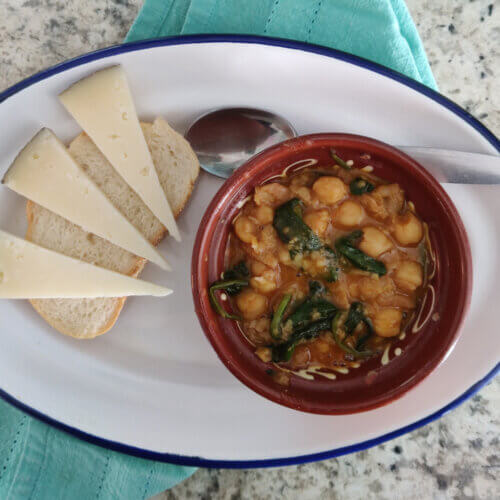
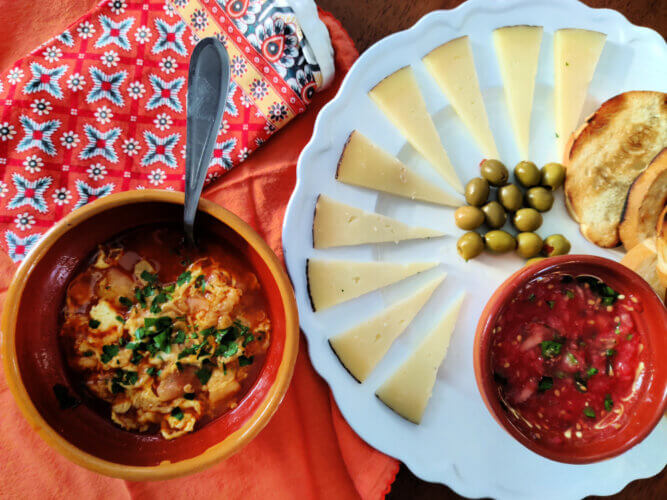
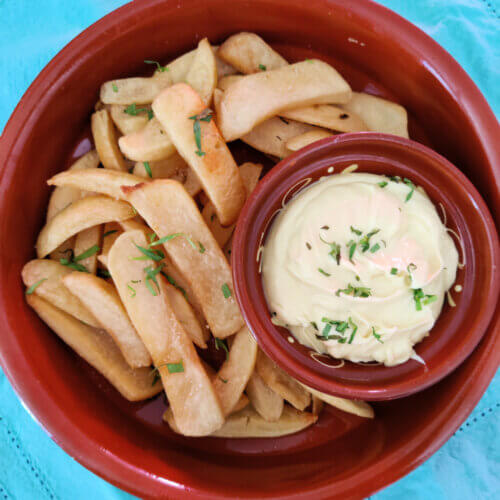
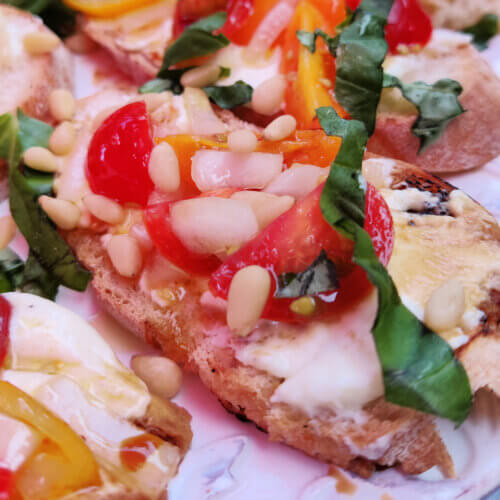
Scones are good, and this is a terrific looking recipe. Plain, flavored — I’ll happily consume scones any way I can get them. 🙂